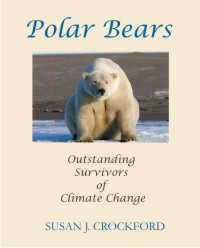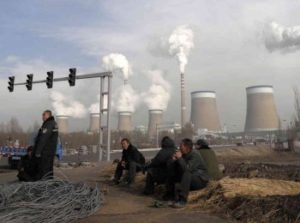by A. Watts, February 15, 2019 in WUWT
A provocative hypothetical question: What if the Moon was not there? Video follows.
This giant rock lights up the night and can even change colors. So what would we do without it? Would we all need night vision goggles? How would it affect the ocean tides? Our seasons? Or our sleep cycles? Or would the consequences be far more drastic?
As the closest celestial body to our planet, the moon exerts a gravitational pull that governs much of what happens here on Earth Take the sea, for example. If you like surfing, you can thank the moon when the moon’s gravitational pull tugs on our spinning Earth, the oceans respond, giving us high tides in some parts of the world, and low tides elsewhere.
…

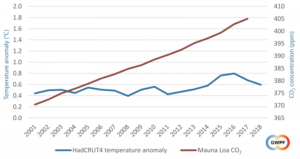
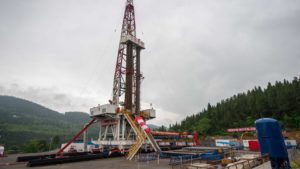

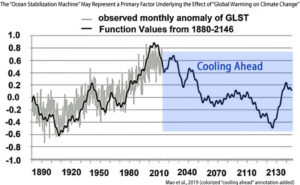
 .
.

